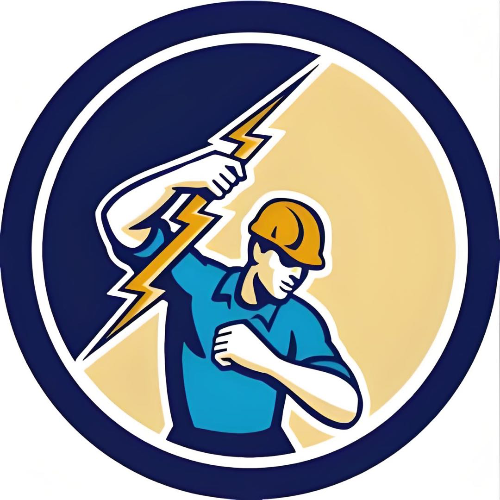What is Water Hammer?
Water hammer or hydraulic shock phenomenon and can be understood as abrupt collision of fast moving solid slug with in the piping system with any obstruction that may be bend, valve etc. Thus a water hammer is defined as a sudden increase in pressure on account of hindrance to fluid motion or direction-change.
Example It happens during the charging or warming-up of the longer steam line during the initial start-up operation and also because of steam and condensate mixing. Water hammer is something that happens most of the times knowingly and unknowingly in our daily routine life – when we suddenly open and close the water tap in our bathroom while bathing results in water hammer. (act of turning on/off shower valve very fast).
Misunderstood Concept about Water Hammer
Many thermo-hydraulic phenomenon as given in table often are mischaracterized as water hammer. Resulting damages from the incidences of occurance includes shocks like Hydraulic-and-thermal. Water hammer happens mainly because of lack of awareness and improper Operation and Maintenance practices. In case of water hammer proverb of “prevention is better than cure” is true.
Thermodynamic Phenomenon |
Location of Occurrence |
Water hammer |
In Steam pipes and headers |
Water Piston (unstable horizontal waves) |
Storage tank (like Deaerator) |
Flash condensation and evaporation shock |
In Deaearators |
Water induction, distortion of rotor or casing |
In Steam turbine and steam piping |
Occurrence of Water Hammer
When steam leaves the boiler, it has to travel a distance before reaching to the point of use (steam turbine or any other heat exchanger) and during the process of travelling the distance steam starts losing heat. As a result, steam in the pipe starts condensing. During the plant start-up the rate of formation of condensate (formed from the droplets of water) is very high, as the complete system is starting from cold or cold start-up.
During the operation these droplets of condensate starts building up along the length of steam pipe net work and thus forming a solid slug of condensate as shown in the given
Condensation results in formation of water droplets. Gradually condensate strats getting build up along the length of pipe and forms solis slug. When this slug come across any obstruction like orifice, valve or a bend, then these obstruction will result is sudden halt of the solid slug unexpectedly. During this process the K.E energy of the solid slug changes to the pressure energy and the pipe network has to be cope with it.
Impact of Water Hammer
It is necessary to understand the serious impact of water hammer in equipments used in the plants. Given below example clearly explains the destructive nature of water hammer:
For Saturated steam recommended velocity is 25 to 35 meters per second
For water in a pipe network recommended velocity is 2 to 3 meters per second
When water hammer occurs, condensate slug is dragged by steam and thus the water slug travels with a velocity equal to that of steam which is ten times more than that of water velocity. Thus water hammer is always associated with very high pressure.
Factors help in avoiding water hammer
Steam system is very complex and dynamic, thus avoiding water hammering is a challenging task. But with the help of following the best engineering practices its occurance can be easily surmount by adopting:
Proper inclination should be provided in the steam lines in the direction of flow.
Steam trap installation at regular interval and that too at the lowest points. Installation of the steam trap at the lowest points ensure the removal of condensate from the system.

Pipe sagging results in formation of condensate in the piping network and may result in increasing the chances of water hammering. Thus steam pipes should be properly supported to avoid any sagging.
Standard start up procedures are required for cold start of the plant. Operators should be properly trained to take care of the openly of isolation valve slowly.
Proper sizing of the drain pockets, to ensure that the condensate should not jump or pass it easily. The purpose of drain packet should not be defeated to collect all the condensate and pass the same through the trap.
Type of reducers shall be eccentric instead of concentric reducers.
Water Hammer in Power Plants
Water hammer occurs when water, accelerated by steam pressure or a low-pressure void, is suddenly stopped by impact on a valve or fitting, such as bend or tee, or on a pipe surface. Water velocities can be much higher than the normal steam velocity in the pipe, especially when the water hammer is occurring at startup.
When these velocities are destroyed by impact, the kinetic energy in the water is converted into pressure energy, and a pressure shock is applied to the obstruction. In mild cases, there is noise and perhaps movement of the pipe.
More severe cases lead to fracture of the pipe or fittings with almost explosive effect and consequent escape of live steam at the fracture. Fracturing of pipes or steam system components can propel fragments that can cause injury or loss of life on it.
Various Phase |
Condition under which Water Hammer Occurs |
Design |
|
Operation |
|
Maintenance |
|
Statement: Respect the original, good articles worth sharing, if there is infringement please contact delete.
We aim to gather electrical knowledge and share it with others.













